New York Medical College sits on land known as the Grasslands Reservation in Valhalla, NY. The area has a history dating back to the U.S. pre-revolutionary times as an army post. The first occupants of the area were Revolutionary War Captain Thaddeus Avery, Col. James Hammond, and Joseph Paulding. Following the Revolutionary War the Hammond family bought the land; they held on to it until the early 1900s.
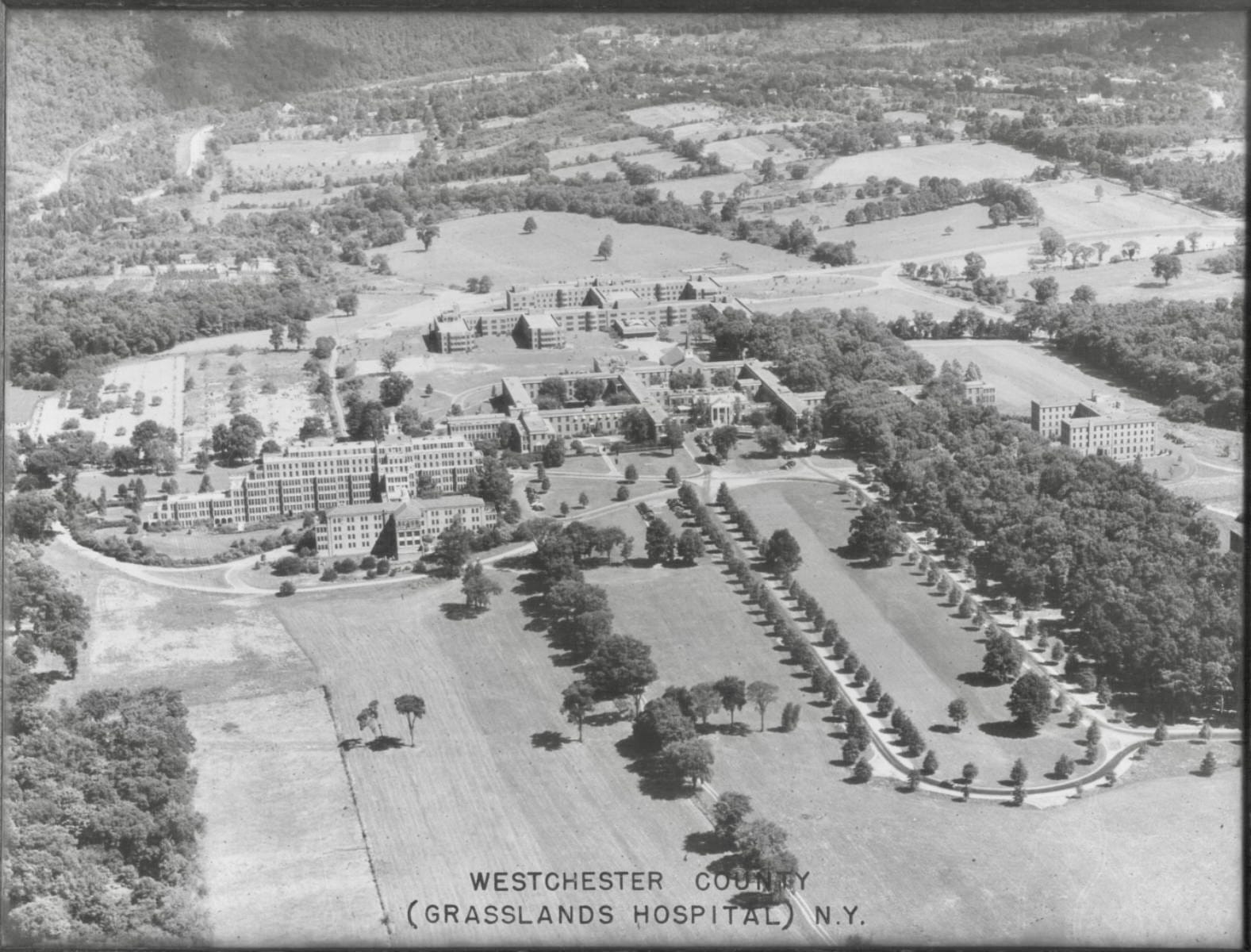
Westchester County purchased the Grasslands Reservation in 1915 to house services to the public such as an almshouse and a hospital. In 1917, the County government allowed the U.S. Army to use county buildings to set up an Army hospital for treating troops affected by the Spanish Influenza epidemic during World War I. The county began caring for those suffering from several prevalent diseases of the 1920s and 1930s. Entire buildings were devoted to treating both adult and child patients with tuberculosis, and the center eventually became a center for treating victims of other great medical illnesses such as polio, scarlet fever and diphtheria during the early and mid 20th century.
While the College's Sunshine Cottage previously served as the pediatric tuberculosis hospital, Munger Pavilion served as the adult tuberculosis hospital building. Munger Pavilion is named after Claude W. Munger, M.D., director of Grasslands Hospital from 1924-1937.
The College's Move to the Grasslands Reservation
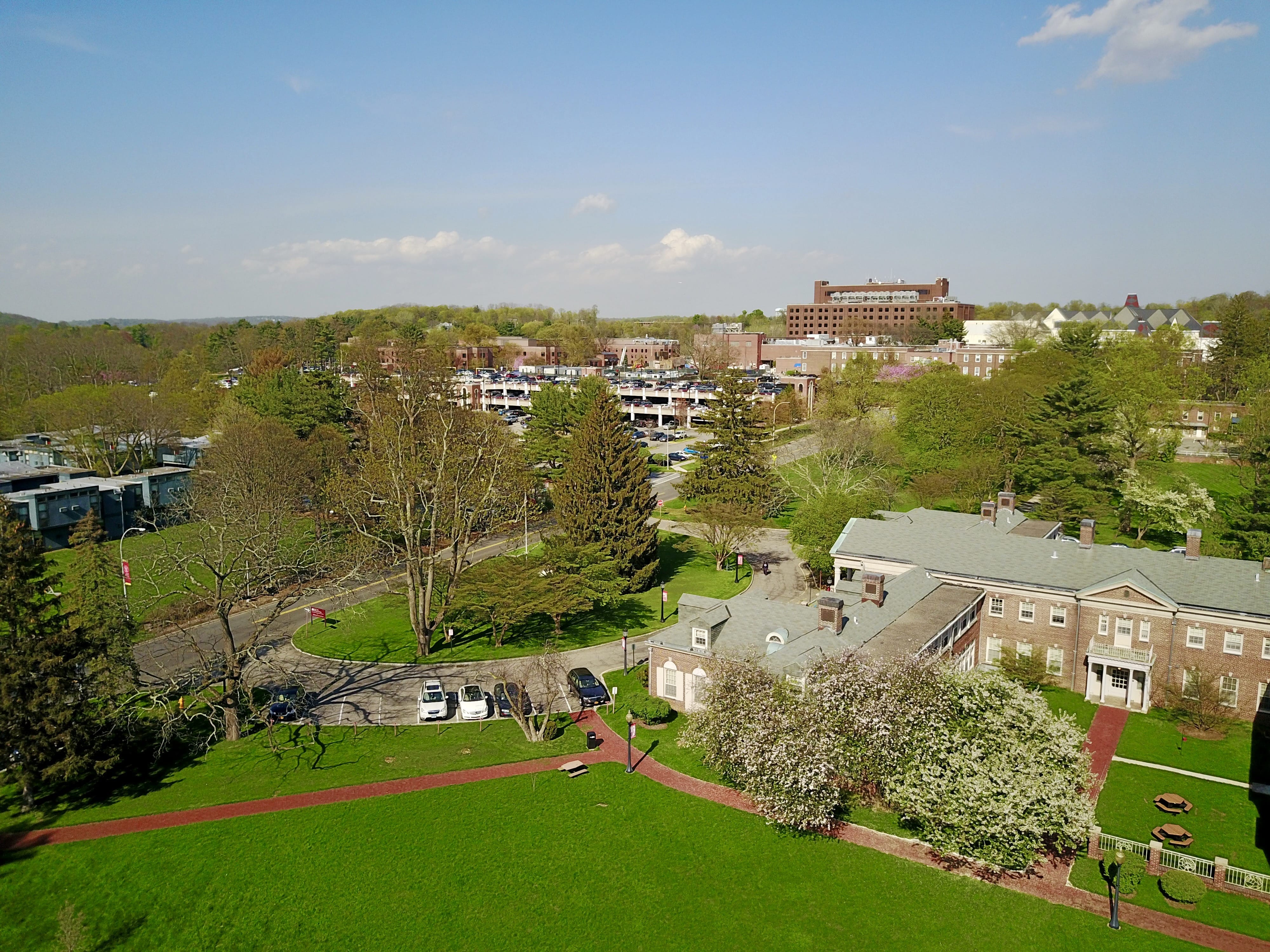
At the request of the Westchester County government, the College's Board of Trustees voted on May 15, 1968, to relocate the teaching and research facilities of the College 20 miles north to the Grasslands Reservation in Valhalla. Instrumental in the move are the College's Board of Trustees Chair Jackson E. Spears, President David Denker, Ph.D. and Dean J. Frederick Eagle, M.D.
In 1971, New York Medical College began moving academic operations out of its Flower-Fifth Avenue Hospital building in New York City to suburban Valhalla in Westchester County on the Grasslands Reservation. Operations began in Elmwood Hall, and students started clinical work at the adjacent Grasslands Hospital. During this transition period, the College managed both locations until the move was complete. In 1972, the Basic Sciences Building opened, allowing medical students to complete their first two years of study completely on the Valhalla campus. Grasslands Hospital was closed a short time after in 1977 to make way for Westchester Medical Center, a major clinical affiliate of New York Medical College to this day.
Sunshine Cottage
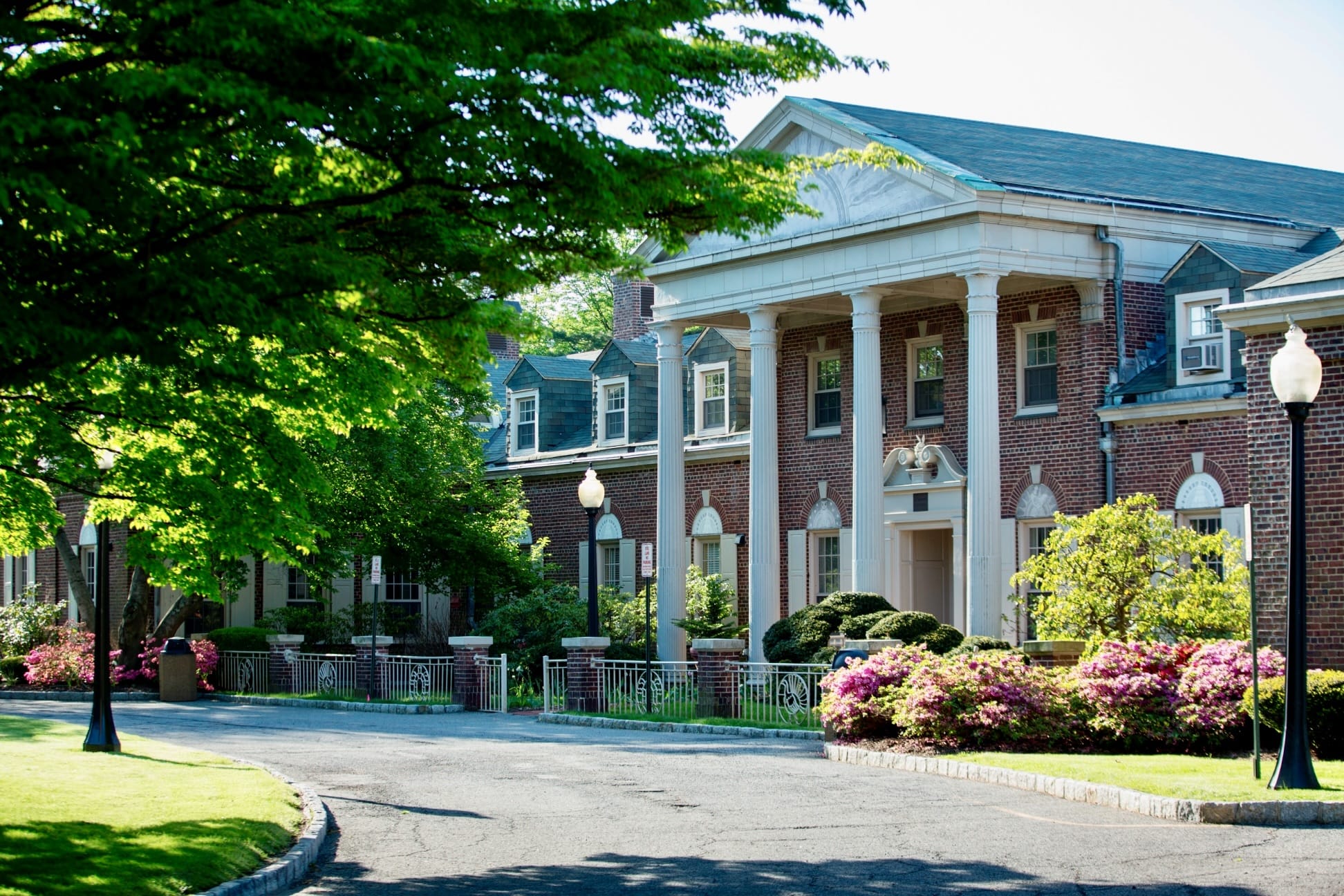
Grasslands Hospital opened Sunshine Cottage as a thirty-five-bed children's tuberculosis hospital in 1931. The building, adorned with animal and nature motifs, symbolized health and happiness and referred to the typical treatment regimen of rest, fresh air, and sunshine. The noted architectural team of Walker and Gillette designed this building. The fanciful animals in the surrounding fences, the motifs of the rising sun and nature scenes over the windows and on the pediments, the rabbit over the door, and the animal sculptures that formerly resided on the pillars of the fences were designed to brighten the lives and speed the recovery of sick children. They are a reminder that one must always treat the whole patient: not only the disease but also the patient's spirit and attitude. The animal and nature images and statues surrounding this building are a reminder that, no matter how technology in health care evolves, the values of care and compassion remain at the core of what we do.
Sunshine Cottage housed the Grasslands School of Practical Nursing from 1955-1977. One notable patient who was treated in Sunshine Cottage when it served as a children's tuberculosis hospital in the late 1940s, recalled her experiences in her autobiographical book, Children of Terror. German-born Inge Auerbacher was rescued from a concentration camp in Czechoslovakia where she spent three years of her childhood before emigrating to the United States. After settling in the U.S., Auerbacher was diagnosed with tuberculosis and treated. Her book documents her experience here, including being confined to bedrest for one year, her parents’ weekly visits, and the eventual success of her treatment. She went on to a career as a chemist and authored a total of five books.
Alumni House
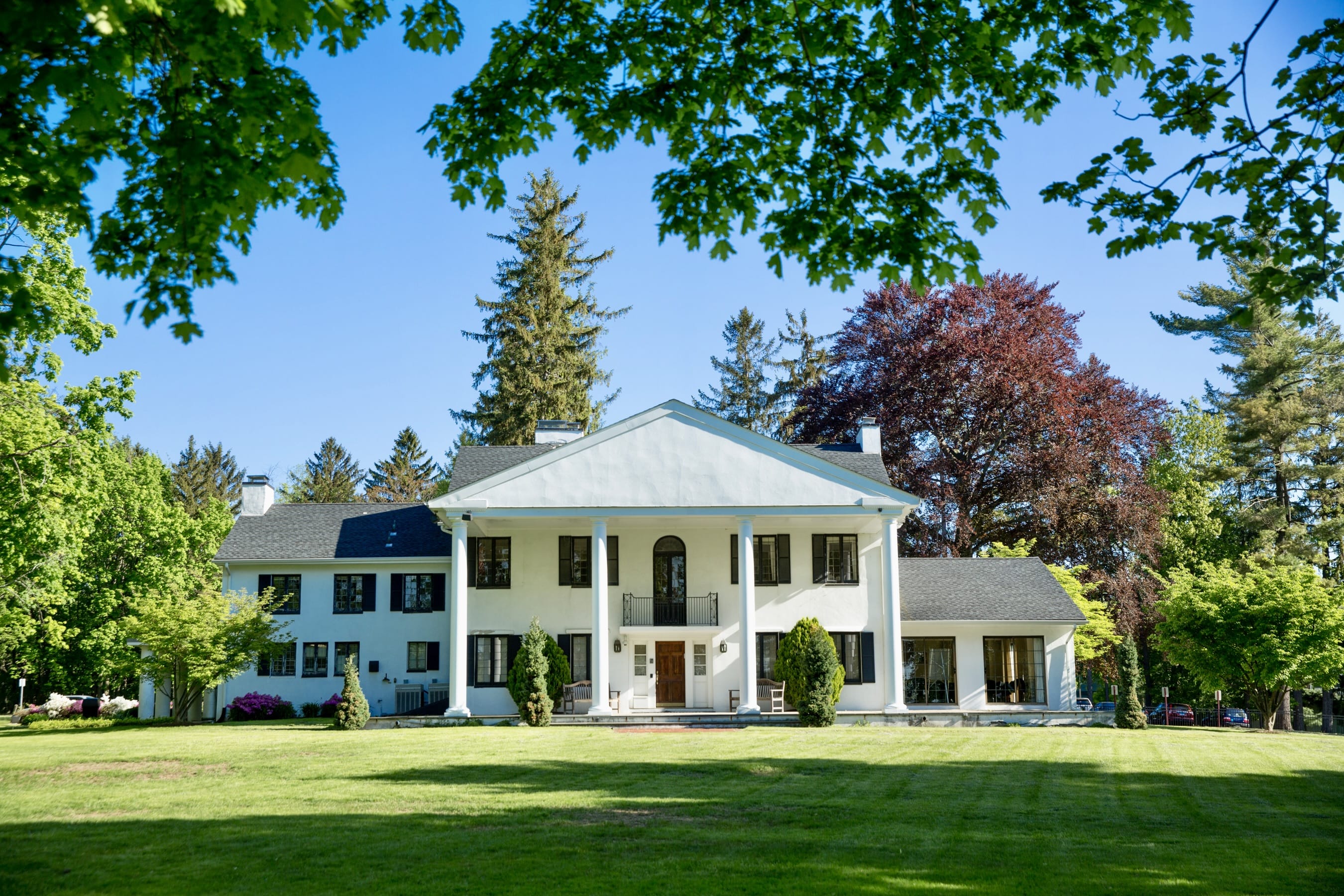
The Alumni House is important technologically, architecturally, and historically. The structure is an unusual example of the use of poured concrete for residential use which was constructed and occupied by prominent county residents.
The site of the house has a history dating back to pre-revolutionary times. The first occupant of a dwelling on this site was believed to be Captain Thaddeus Avery. Avery, a farmer, was instrumental in hiding money needed to pay Washington’s troops. In later years, the poured concrete structure was occupied by Westchester County Commissioners of Public Welfare, V. Everit Macy and Miss Ruth Taylor among others, and became known as the “Commissioner’s House.” The Strawson family was the last to occupy the house from 1944-1960. Stanton M. Strawson was Commissioner of Public Welfare for Westchester County from 1950-1960.
The Alumni House is now an elegant venue for meetings and events, and is now home to the administrative offices of NYMC Alumni Relations, as well as the Joseph Dersi, M.D. '59 Conference Room, and offers an elegant venue for meetings, receptions and alumni events.
7 Dana Road
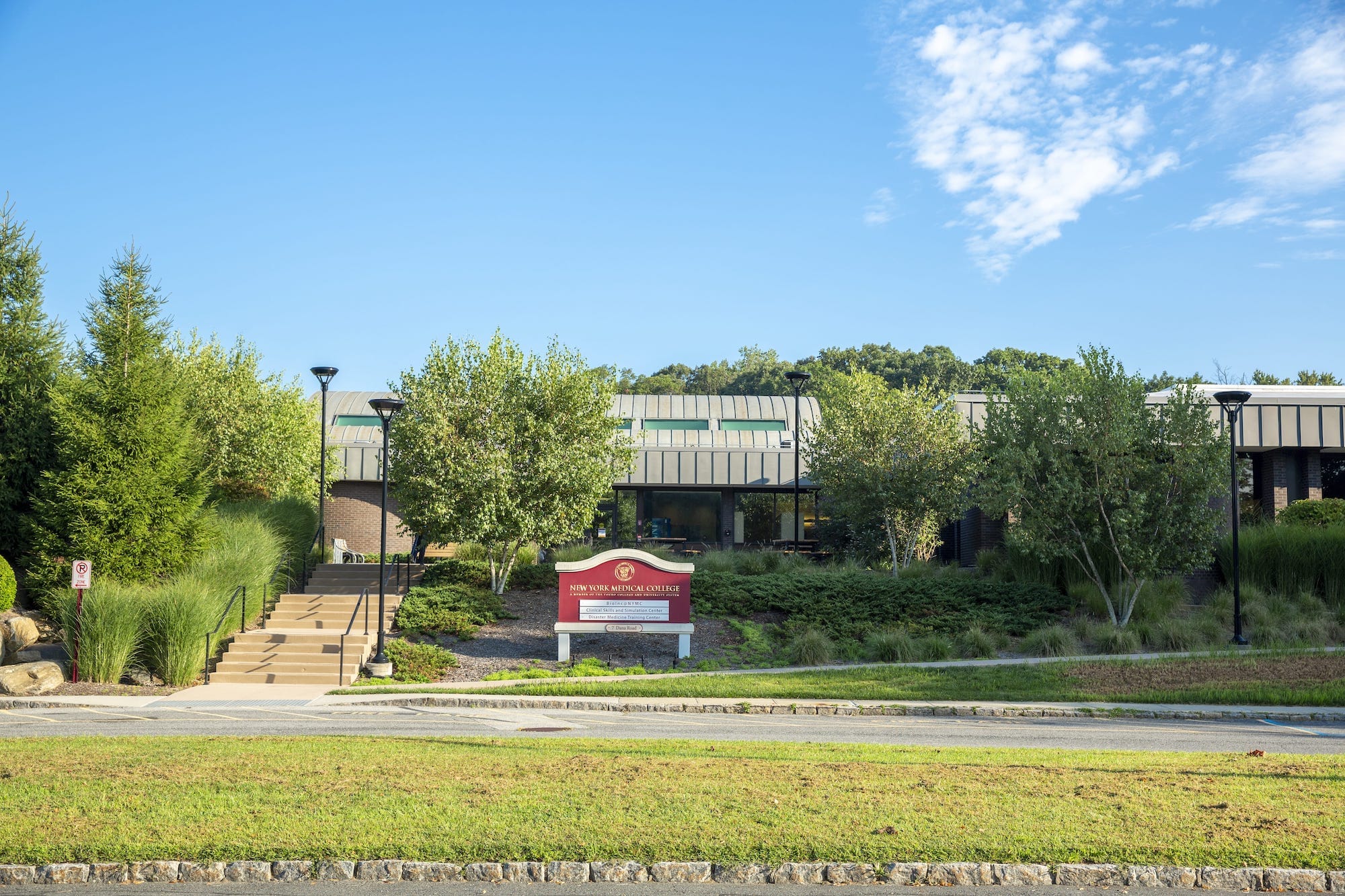
The building formerly housed the Institute for Cancer Prevention, originally founded by Ernst Wynder, M.D. (1922-1999) in 1969 as the American Health Foundation, which focused on researching the cause and prevention of major chronic diseases. Wynder, a pioneer cancer researcher and epidemiologist, is known for his landmark research with Evarts Graham on the association between cigarette smoking and lung cancer. Dr. Wynder, a champion of public health, extolled the importance of the role of education in preventive medicine and made it part of the IFCP’s mission. He developed outreach programs and school curricula, which promoted personal responsibility as an important component of prevention. His involvement in health policy and his active lobbying of government and industry led to legislation promoting disease prevention.


